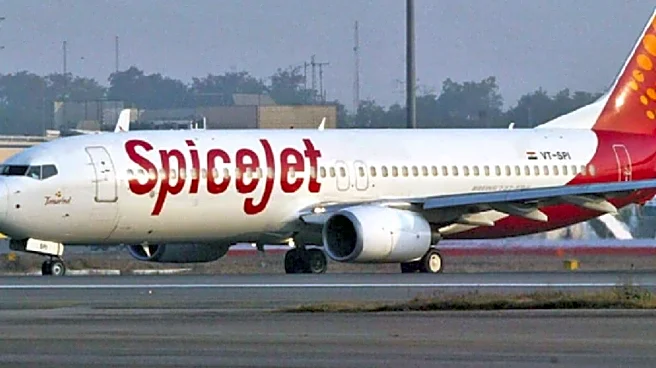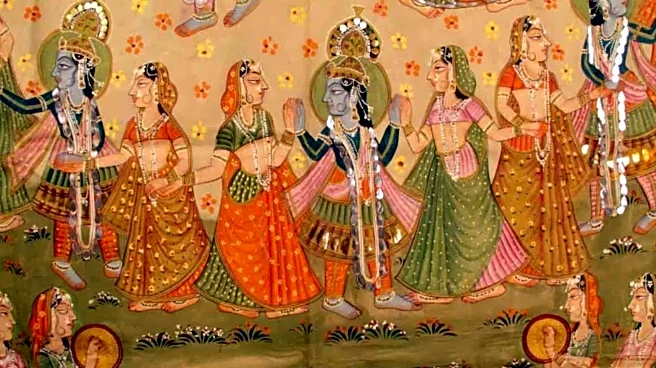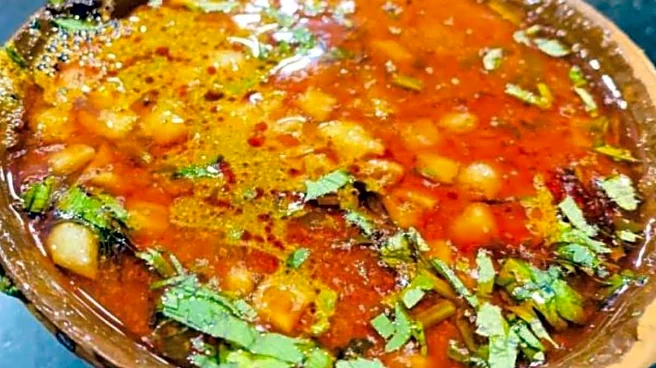What is the story about?
The street's divided on the prospects for Shree Cements after a stellar quarter where the profit trebled. The company's focus on North India and the push for high-value products may lead to growth cooling off, at least temporarily.
India's third-largest cement maker had focussed on increasing the proportion of the premium products, that come with fatter profit margin, over the last few years, even at the cost of market share.
The relatively high-margin products now make for 21% of Shree Cements' sales, compared to 18% in June 2025. "With its target share of premiumisation achieved, it has guided for growth in line/ahead of industry," analysts at CLSA said.
Despite the increase in the sales of high-margin products, there was a sequential fall of 2% in realisation in the September quarter for Shree Cement. This was due to a 4% increase in cost and a 12% decline in volumes sold.
The earnings before interest, tax, depreciation, amortisation (EBITDA) — a measure of the core business strength — of 14.3% was less than what Citi had estimated. The EBITDA per tonne had slipped to ₹1,105 compared to ₹1,375 three months earlier.
The cuts in goods and services tax (GST) didn't help the company for two reasons. First, the cuts came at the fag end of the quarter.
Secondly, the festival season, particularly the month of October, is a weak period for construction, and therefore, for cement sales.
The impact is more pronounced in North India, Shree Cement's focus region. Over a fourth of the company's factories are located in Rajasthan.
"…little too early to predict demand at this moment, as you know. We are just coming out of festival season. As we speak, actually today is a chhathh...but this also means that there will be significant labour shortage across construction sites in most of our markets," the management reportedly told the analysts.
The lack of demand may lead to a delay the 80 million tonne expansion plan by a year, Citi said.
The stock is up 12% year-to-date, better than most of its significant peers like Ultratech, Ambuja, and Grasim.
| Brokerage | Rating | Target Price | Implied gains from Oct 28 close |
| CLSA | Outperform | ₹32,300 | 13% |
| Citi | Buy | ₹33,000 | 15% |
| Choice Broking | Sell | ₹26,900 | -5.5% |
India's third-largest cement maker had focussed on increasing the proportion of the premium products, that come with fatter profit margin, over the last few years, even at the cost of market share.
The relatively high-margin products now make for 21% of Shree Cements' sales, compared to 18% in June 2025. "With its target share of premiumisation achieved, it has guided for growth in line/ahead of industry," analysts at CLSA said.
Despite the increase in the sales of high-margin products, there was a sequential fall of 2% in realisation in the September quarter for Shree Cement. This was due to a 4% increase in cost and a 12% decline in volumes sold.
The earnings before interest, tax, depreciation, amortisation (EBITDA) — a measure of the core business strength — of 14.3% was less than what Citi had estimated. The EBITDA per tonne had slipped to ₹1,105 compared to ₹1,375 three months earlier.
The cuts in goods and services tax (GST) didn't help the company for two reasons. First, the cuts came at the fag end of the quarter.
Secondly, the festival season, particularly the month of October, is a weak period for construction, and therefore, for cement sales.
The impact is more pronounced in North India, Shree Cement's focus region. Over a fourth of the company's factories are located in Rajasthan.
"…little too early to predict demand at this moment, as you know. We are just coming out of festival season. As we speak, actually today is a chhathh...but this also means that there will be significant labour shortage across construction sites in most of our markets," the management reportedly told the analysts.
The lack of demand may lead to a delay the 80 million tonne expansion plan by a year, Citi said.
The stock is up 12% year-to-date, better than most of its significant peers like Ultratech, Ambuja, and Grasim.
Do you find this article useful?
/images/ppid_59c68470-image-176171006306924205.webp)



/images/ppid_59c68470-image-176165253356468465.webp)









/images/ppid_59c68470-image-176147503149671595.webp)
